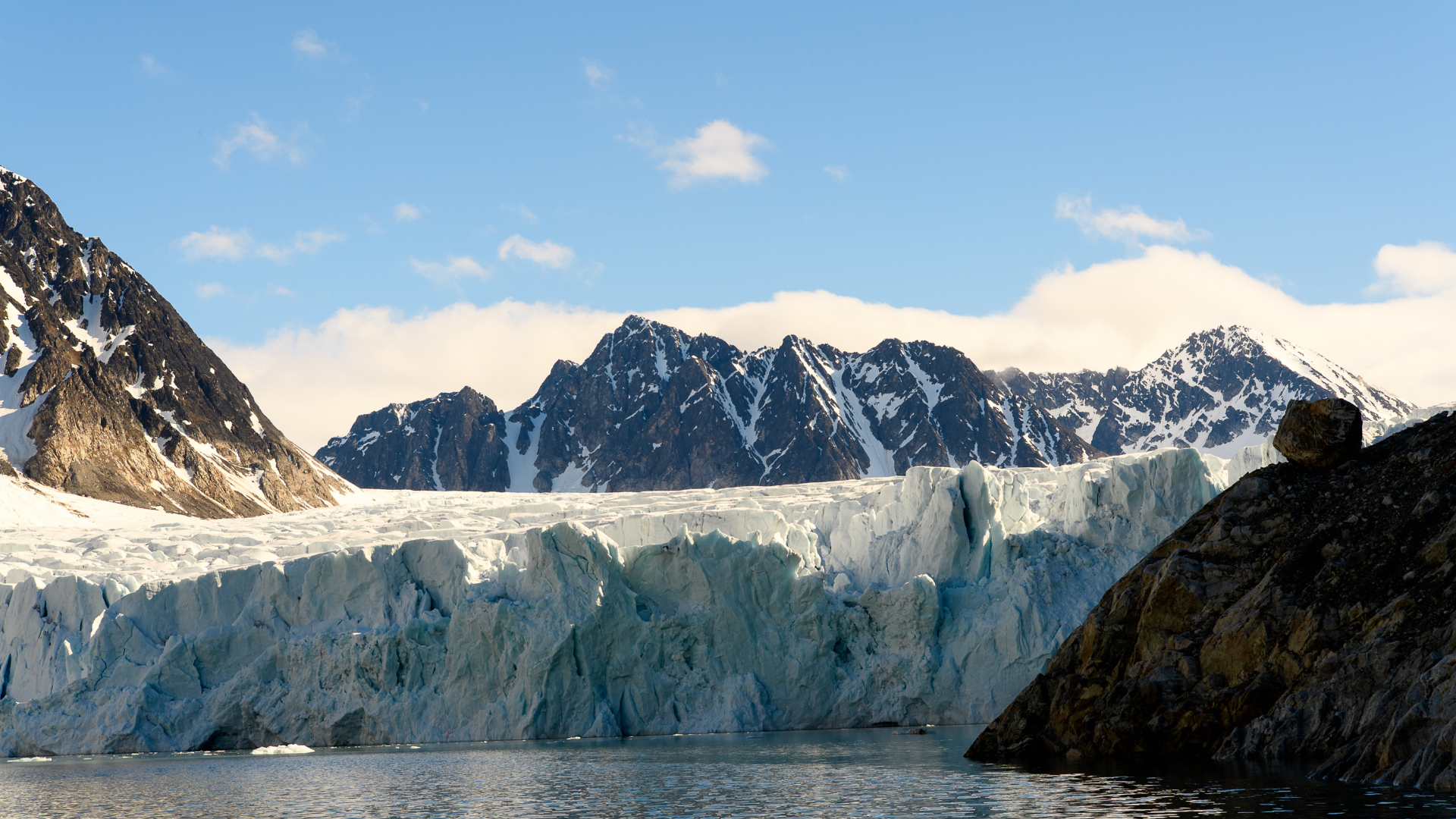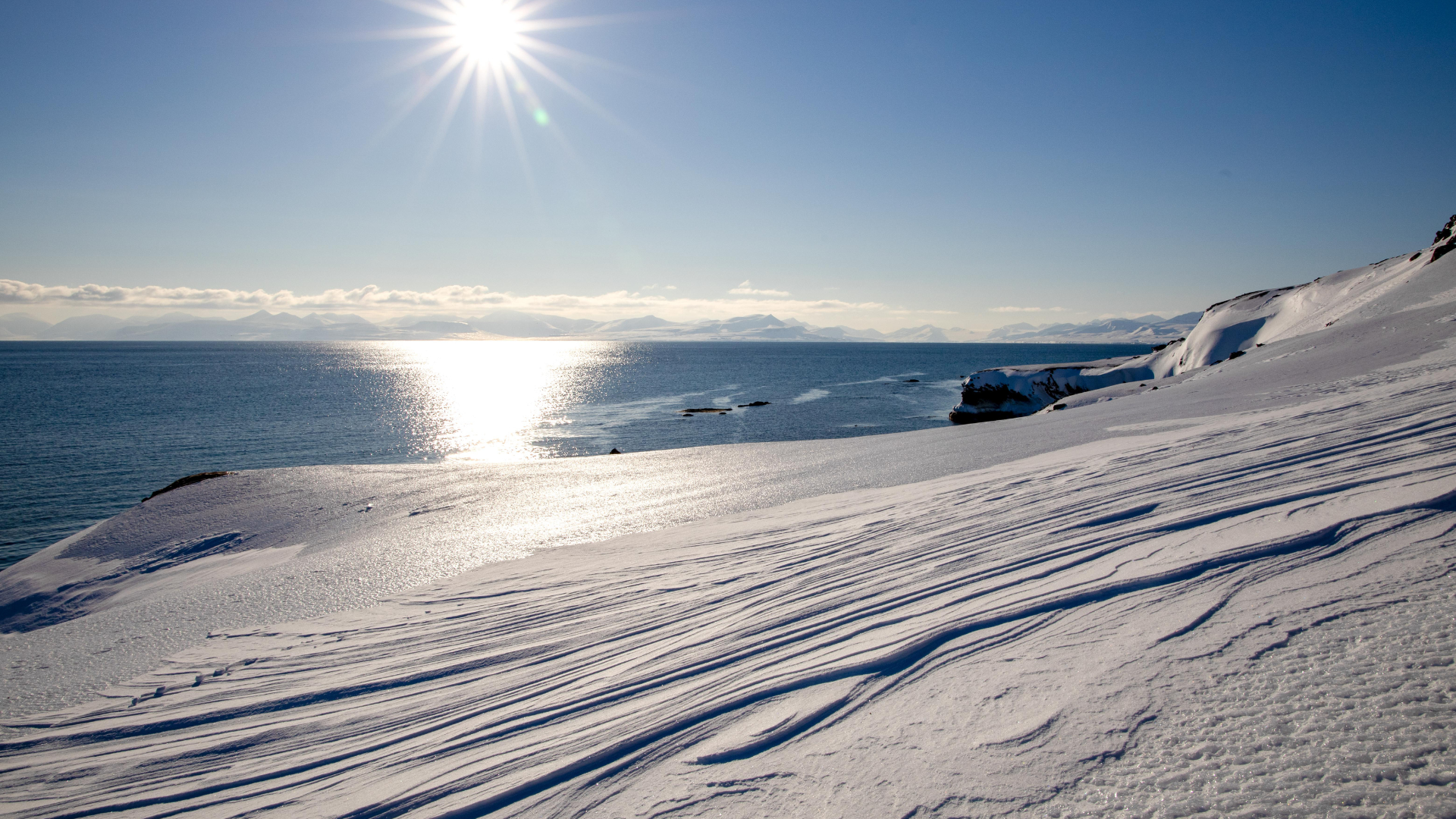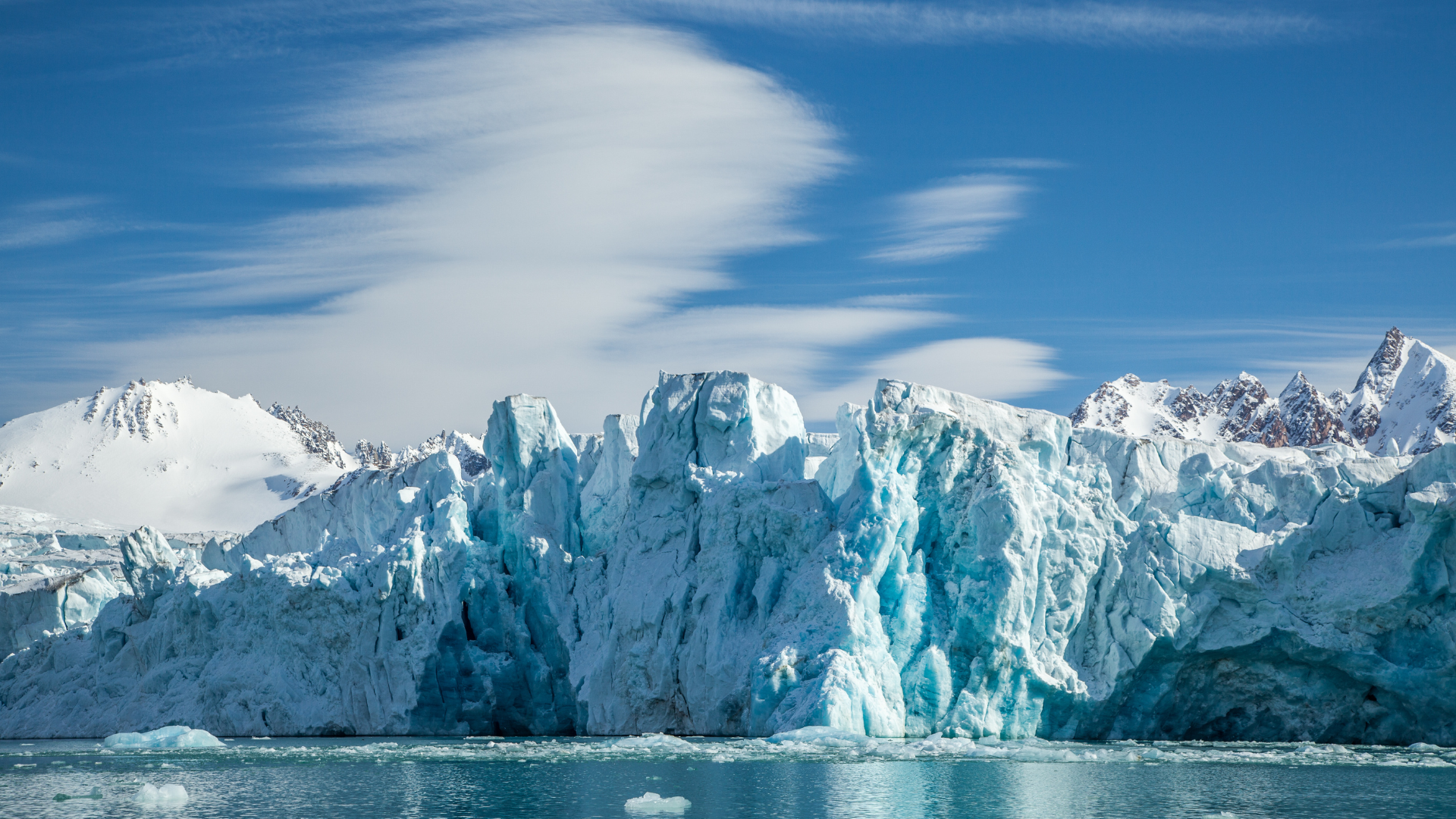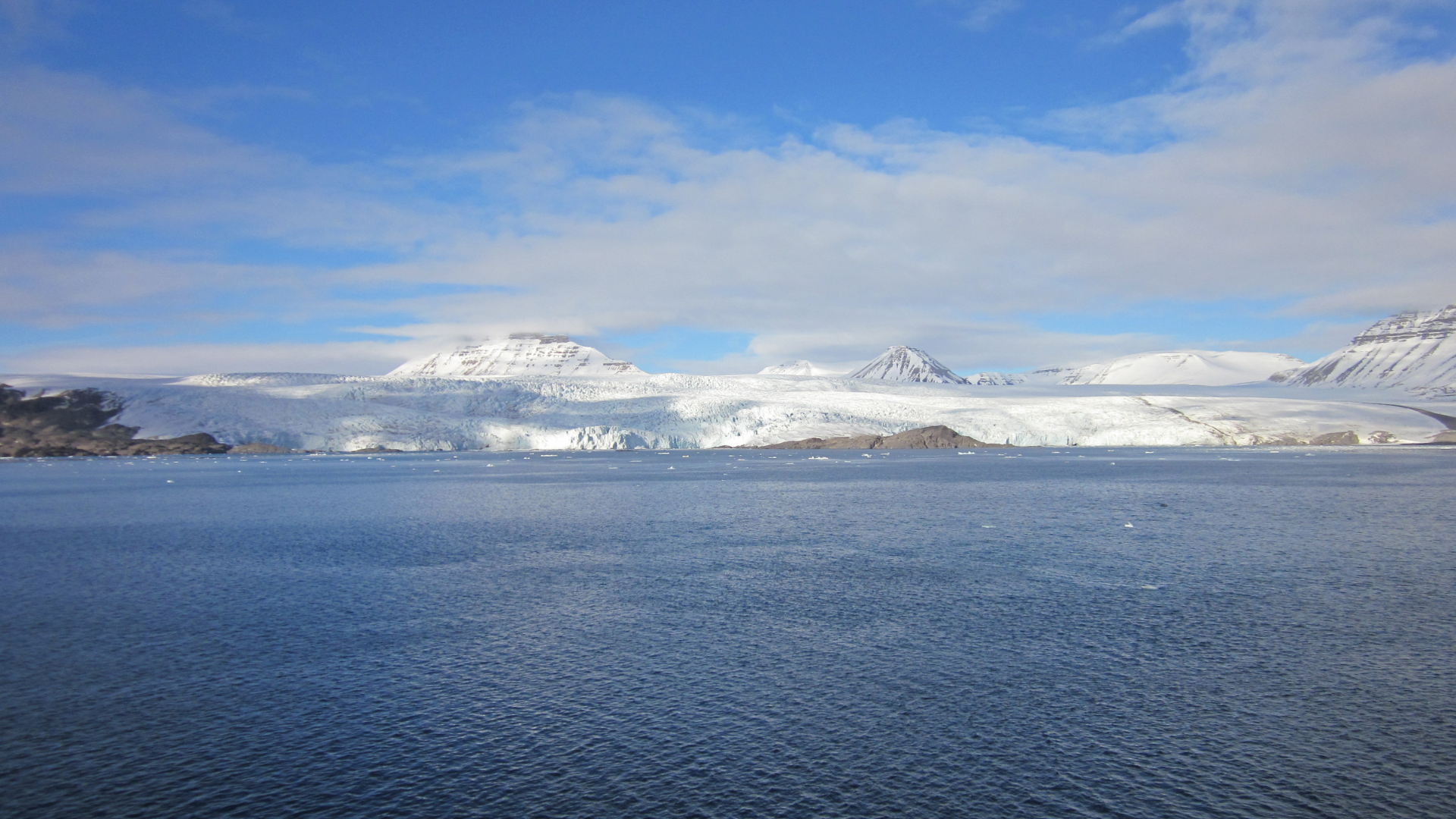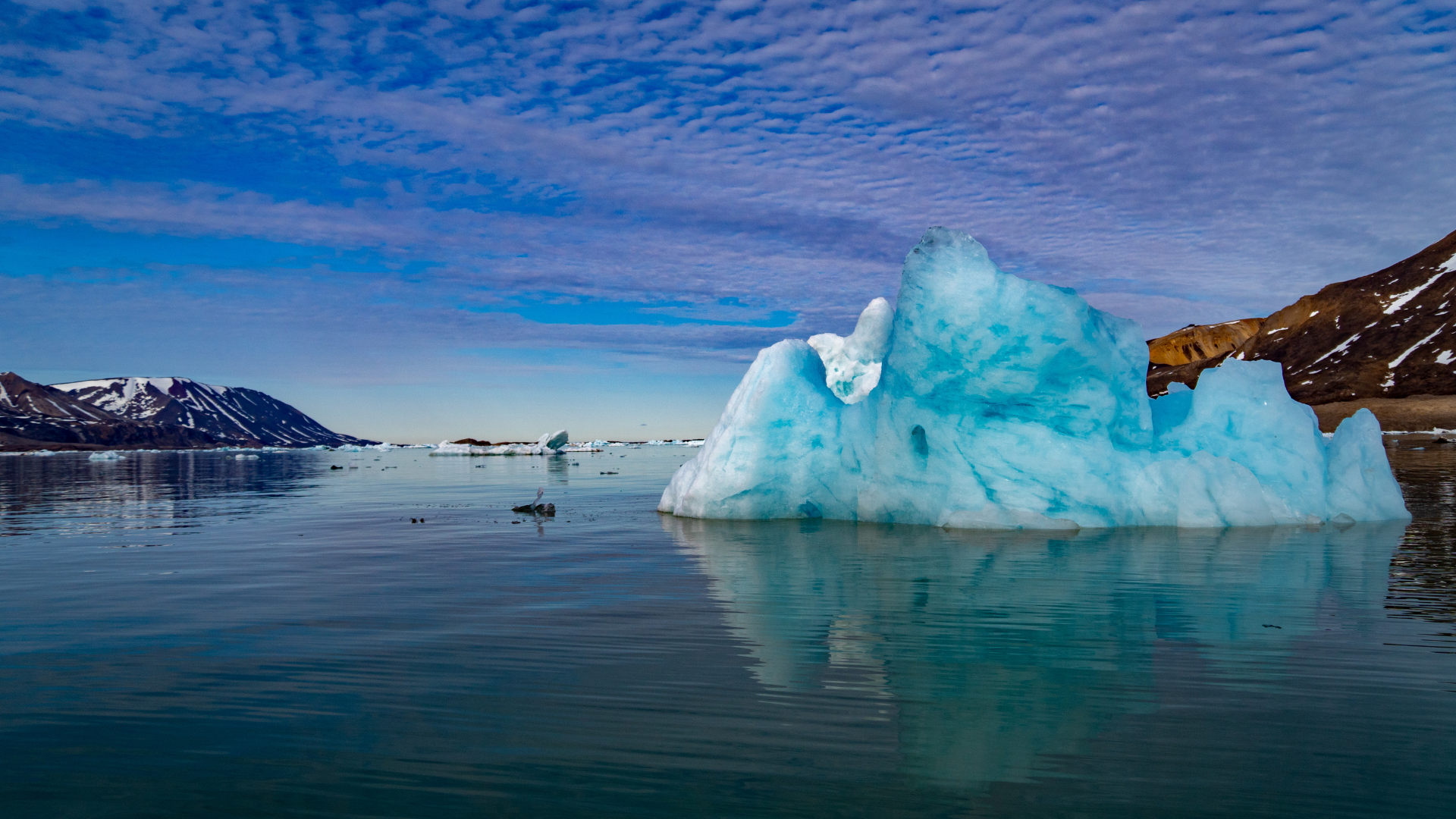Svalbard: How to Arrive in August
Svalbard: How to Arrive in August

Arriving in Svalbard in August offers a unique perspective on the Arctic summer, as daylight begins to wane, signaling the approach of autumn. Longyearbyen, the main settlement and entry point, welcomes visitors with slightly cooler temperatures and the potential to witness unique natural phenomena. Flights to Svalbard are limited and primarily originate from Oslo or Tromsø in Norway. Booking your flights early is advisable, as August marks the end of the peak summer season, making it a popular time for travelers seeking Arctic adventures.
Packing for an August visit to Svalbard requires preparation for changing weather conditions. Daytime temperatures can range from 2°C to 8°C (36°F to 46°F), with cooler mornings and evenings. Layering your clothing is essential for comfort throughout the day. Begin with a moisture-wicking base layer, add an insulating middle layer, and top it off with a windproof and waterproof outer layer. Thermal gloves, a hat, and a scarf or neck gaiter are essential accessories. Insulated boots are necessary to navigate the remaining snow and wet terrain.
Upon arrival in Longyearbyen, transportation options are available to explore the town and its surroundings. Taxis are accessible, and some accommodations offer shuttle services from the airport. Renting a snowmobile remains a popular choice for accessing remote areas and experiencing the Arctic wilderness up close. As the summer progresses and snow continues to melt, other forms of transport such as boats become viable for exploring coastal areas and observing wildlife in their natural habitat.
The decreasing daylight hours in August provide a unique opportunity to witness the transition from the midnight sun to more typical day-night cycles. This period, known as the polar twilight, creates stunning atmospheric conditions for photography and outdoor activities. It's essential to pack sunglasses and sunscreen to protect against the lingering Arctic sunlight, which can still be intense. Photography enthusiasts will appreciate the soft, diffused light that bathes the landscape during this transitional season.
Accommodation options in Longyearbyen range from hotels to guesthouses, each offering a warm and comfortable retreat after a day of exploration. Booking accommodations in advance is recommended, especially as summer visitors begin to taper off. Many establishments provide amenities such as
on-site restaurants and communal areas where travelers can relax and share their Arctic experiences. Familiarizing yourself with local facilities, including grocery stores and medical services, ensures a seamless and enjoyable stay in this remote Arctic outpost.
Staying connected in Svalbard is crucial for safety and convenience. While mobile phone coverage is generally good in Longyearbyen, it may be limited in more remote areas. International roaming is advisable, and purchasing a local SIM card can enhance connectivity. Wi-Fi is available in most accommodations and public places, allowing visitors to stay in touch with loved ones and access essential information about local conditions and activities. Being well-informed enhances the overall experience and ensures you make the most of your time in Svalbard.
Respecting Svalbard's unique environment and local regulations is crucial for all visitors. The archipelago is home to fragile ecosystems and protected wildlife, governed by strict environmental laws. Understanding and following guidelines for waste disposal, wildlife interactions, and outdoor activities help preserve the natural beauty of the region. Engaging with the local community and learning about their history and culture enriches your experience, providing insights into life in the Arctic and fostering meaningful connections.
Preparing for emergencies is crucial when traveling to Svalbard in August. Despite the milder weather conditions, the remote location and Arctic climate present inherent risks. Comprehensive travel insurance that covers emergency medical treatment and evacuation is essential. Carrying a basic first-aid kit and knowing the location of the nearest medical facility can provide peace of mind. Registering your travel plans with local authorities is advisable, particularly if venturing outside Longyearbyen, ensuring you can be reached in case of an emergency.
